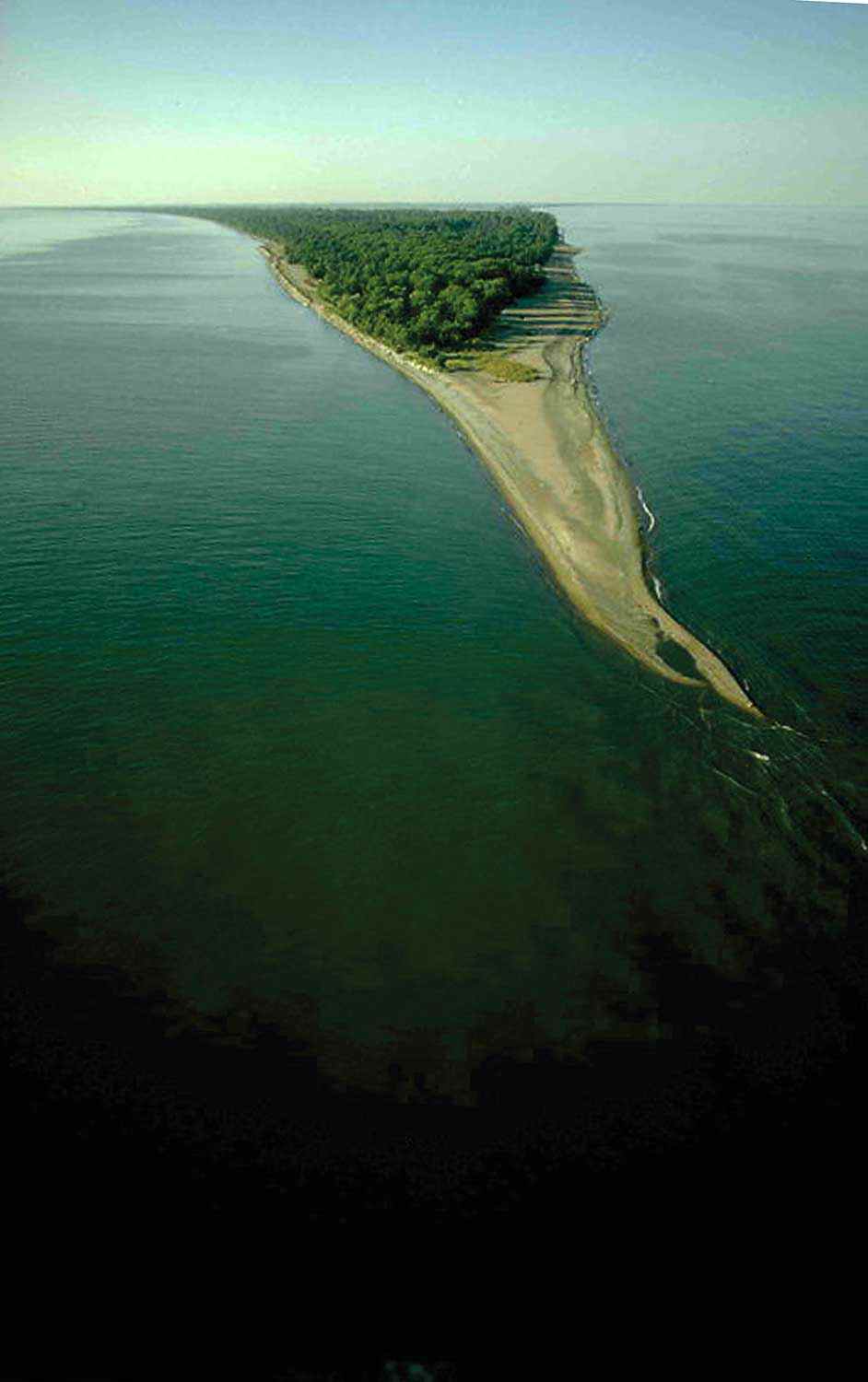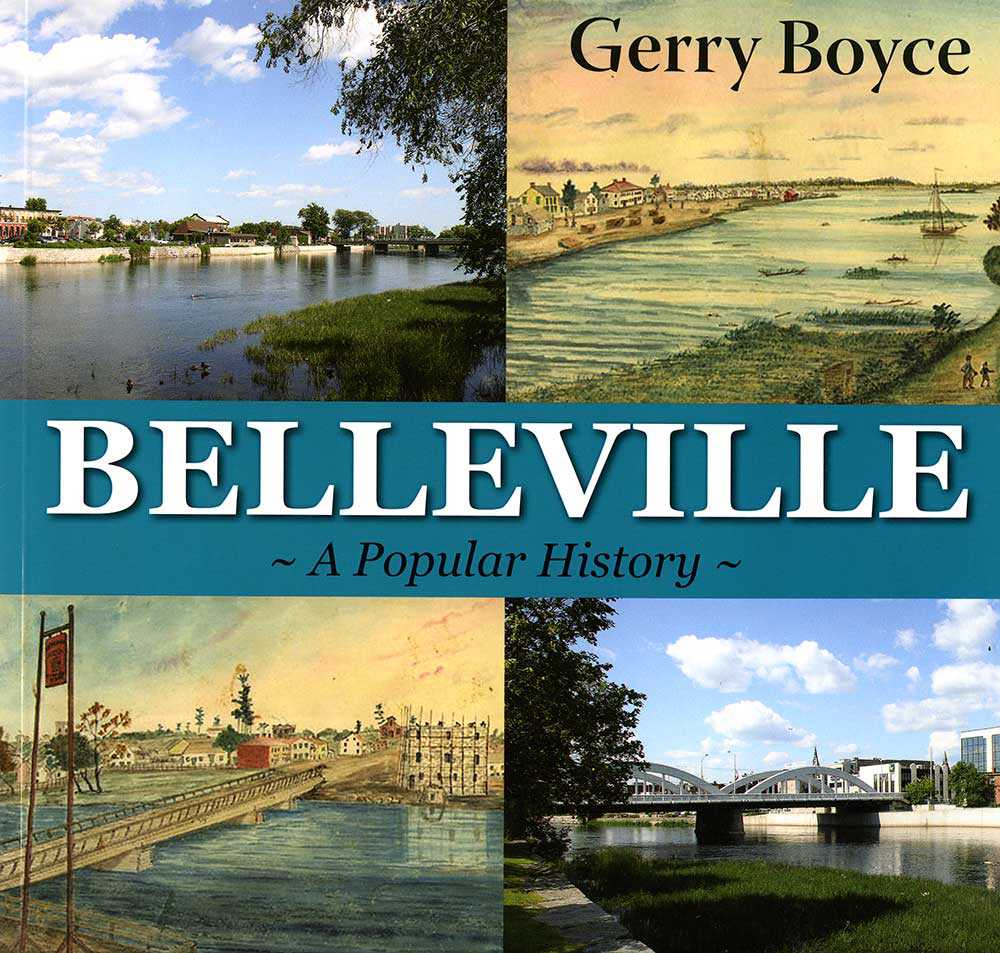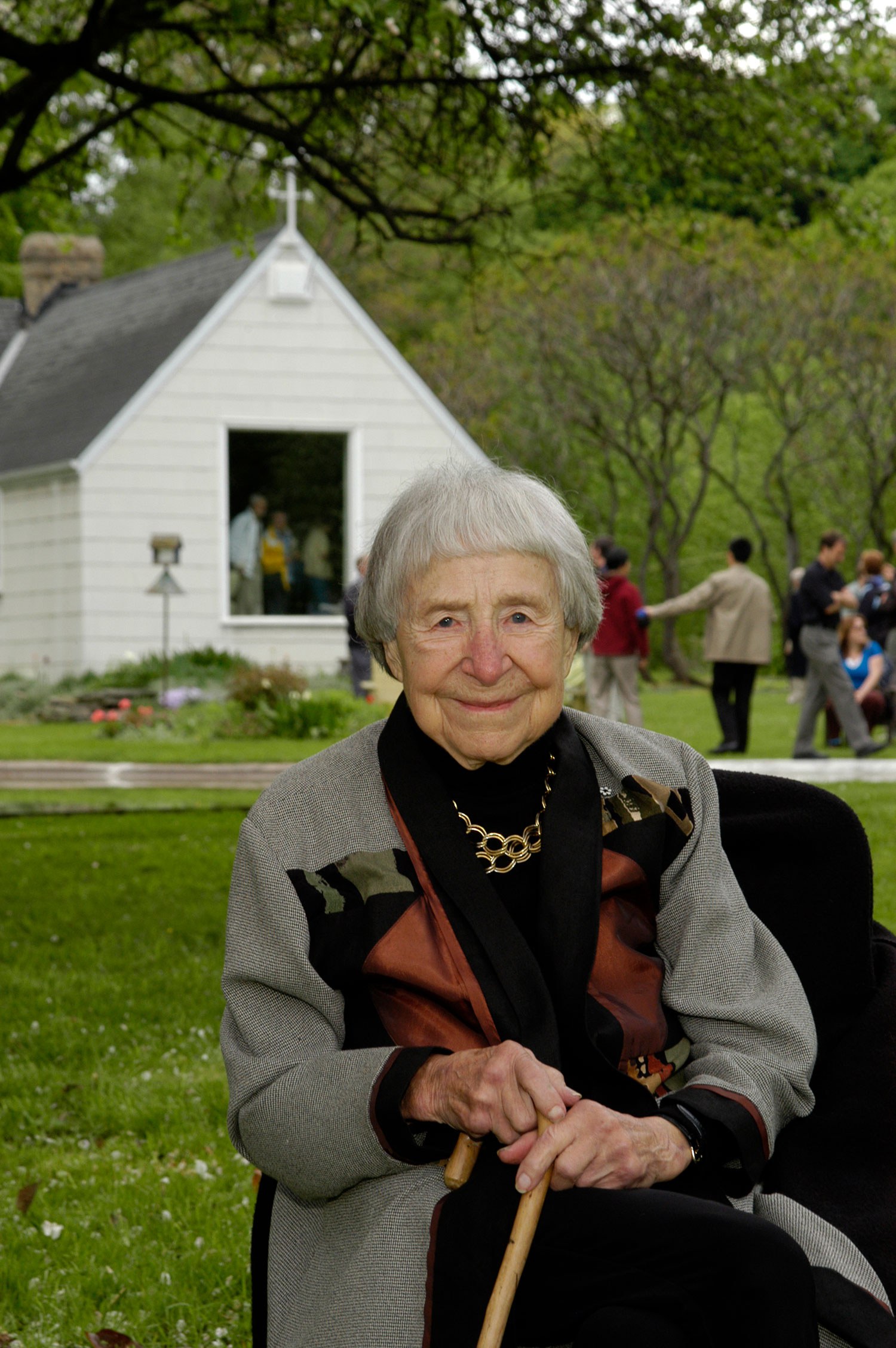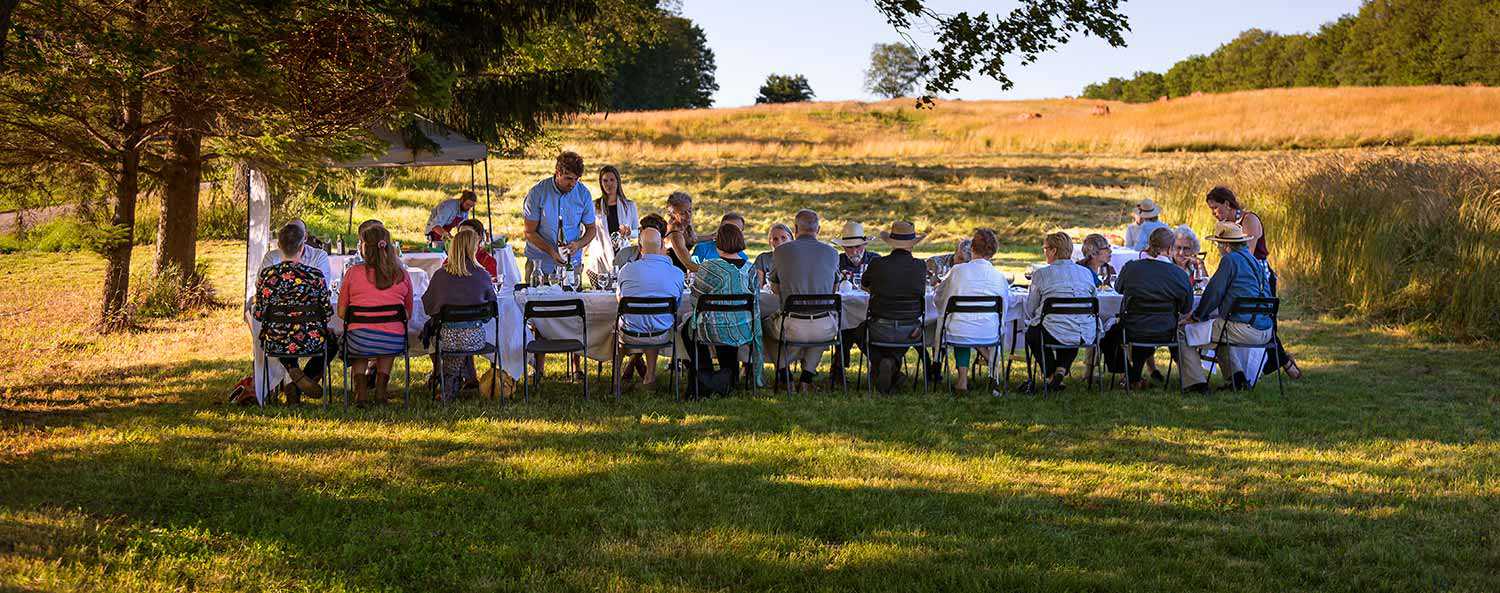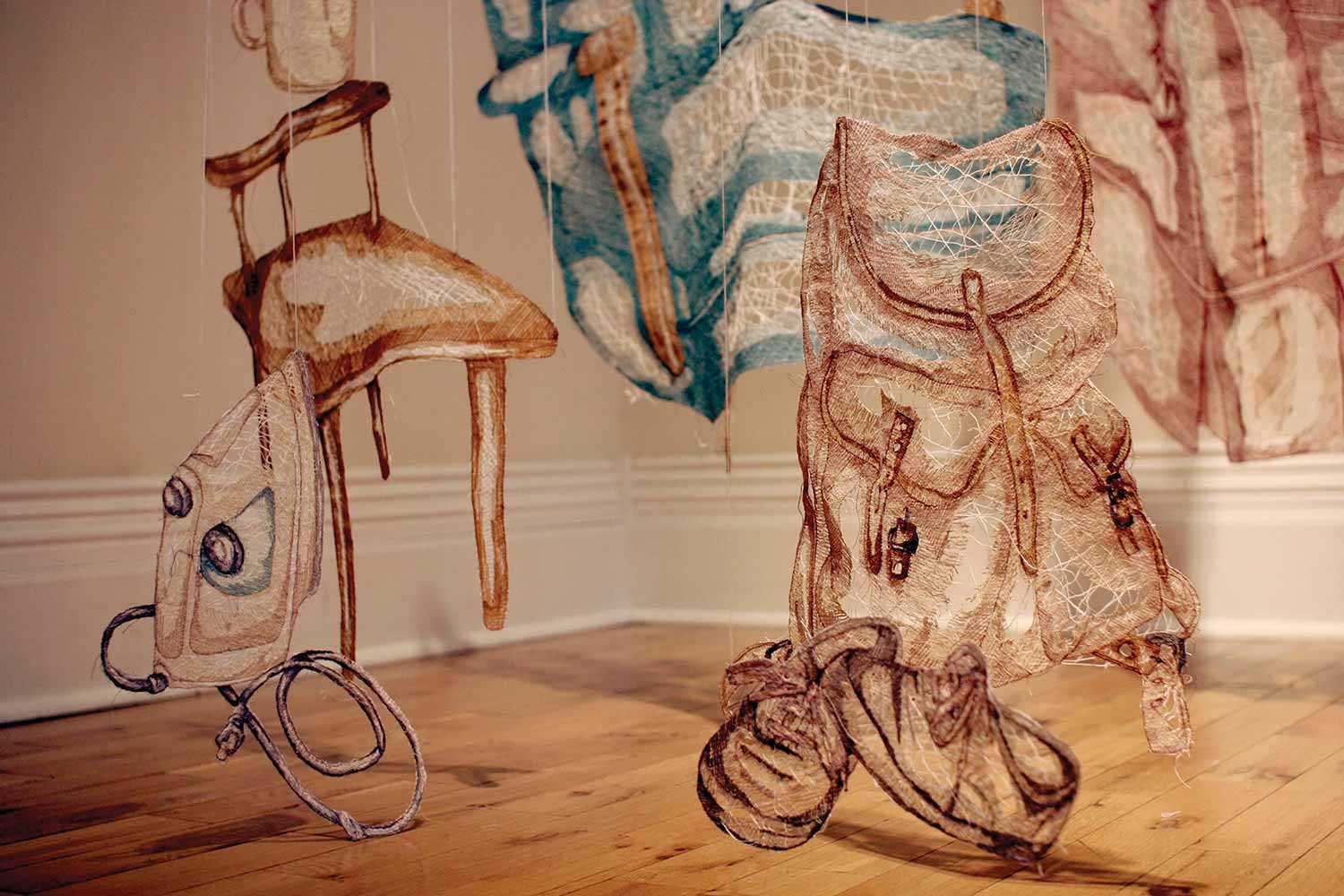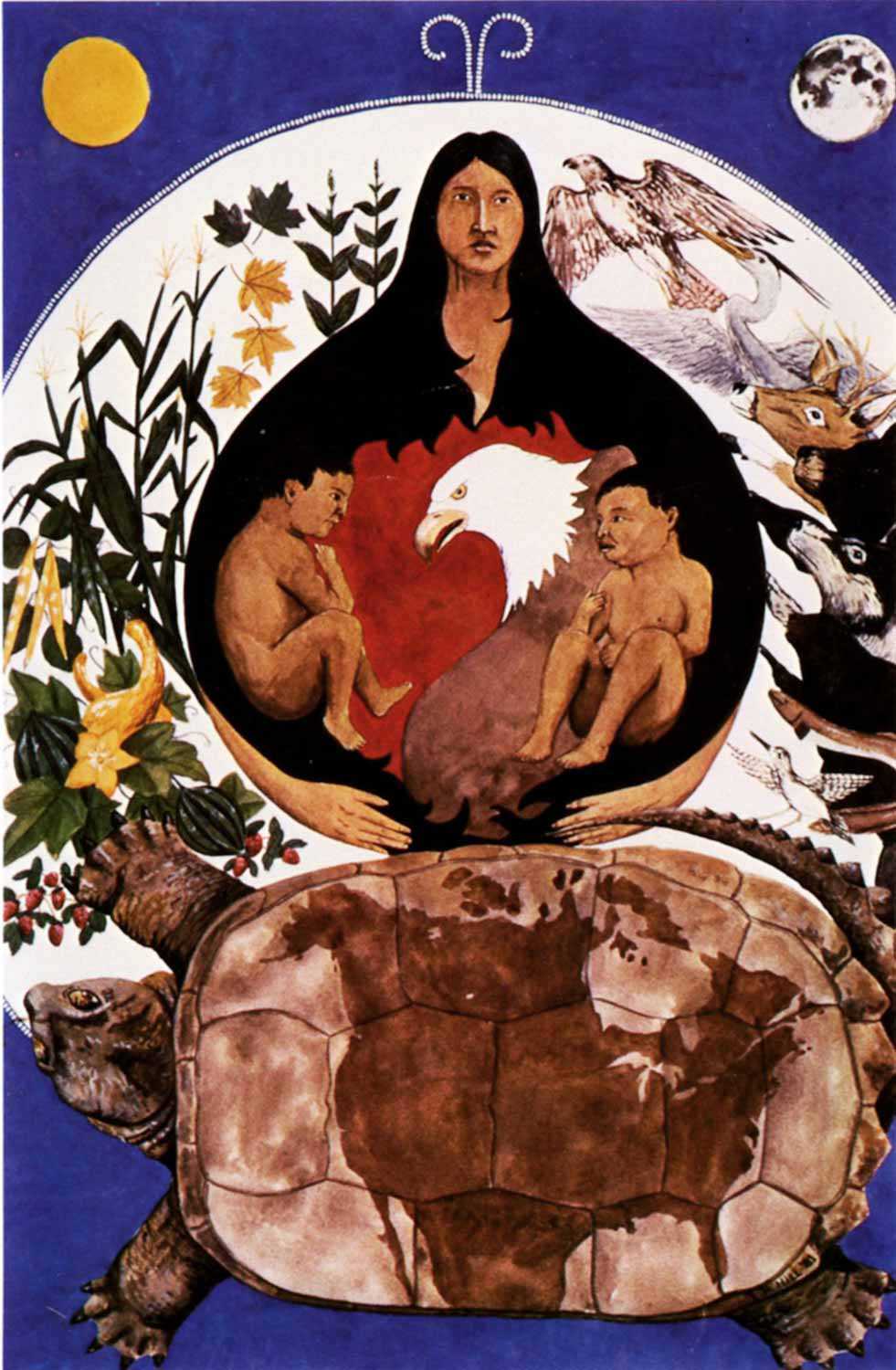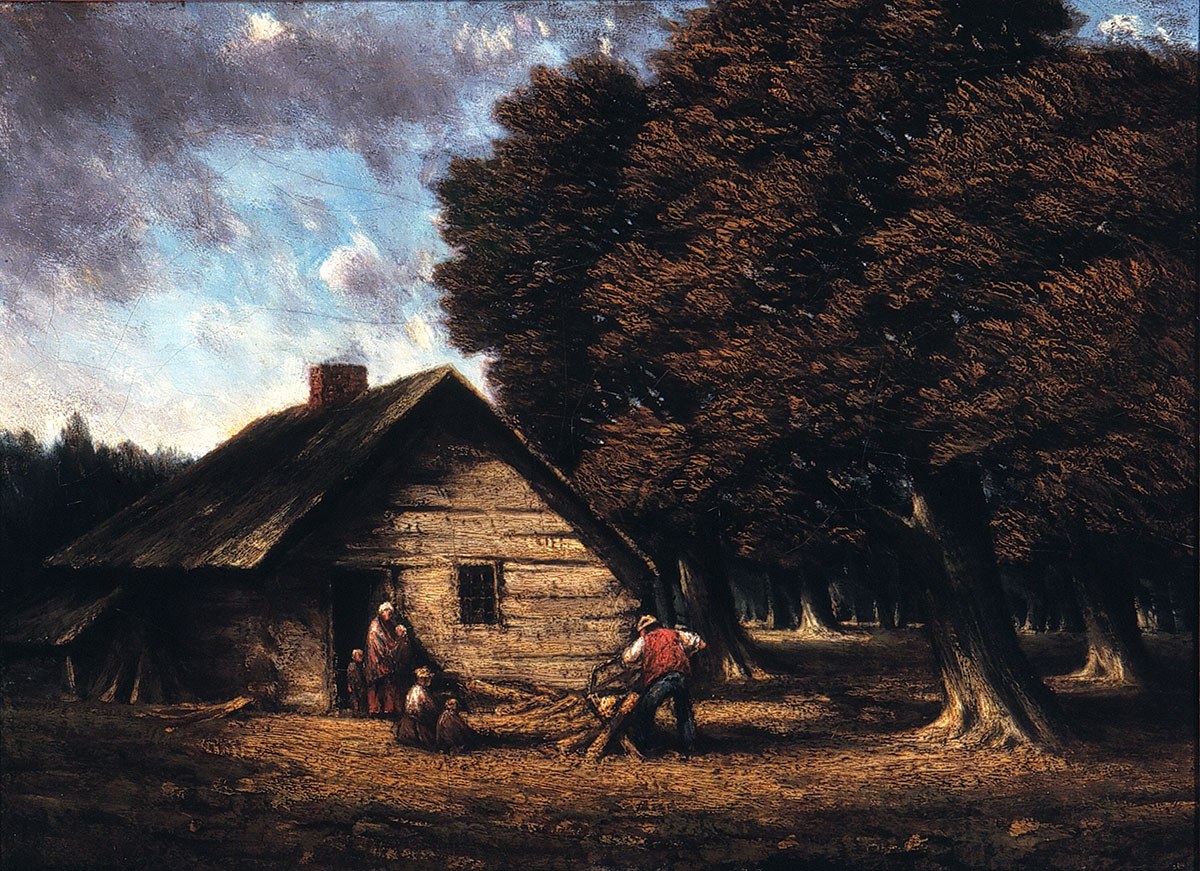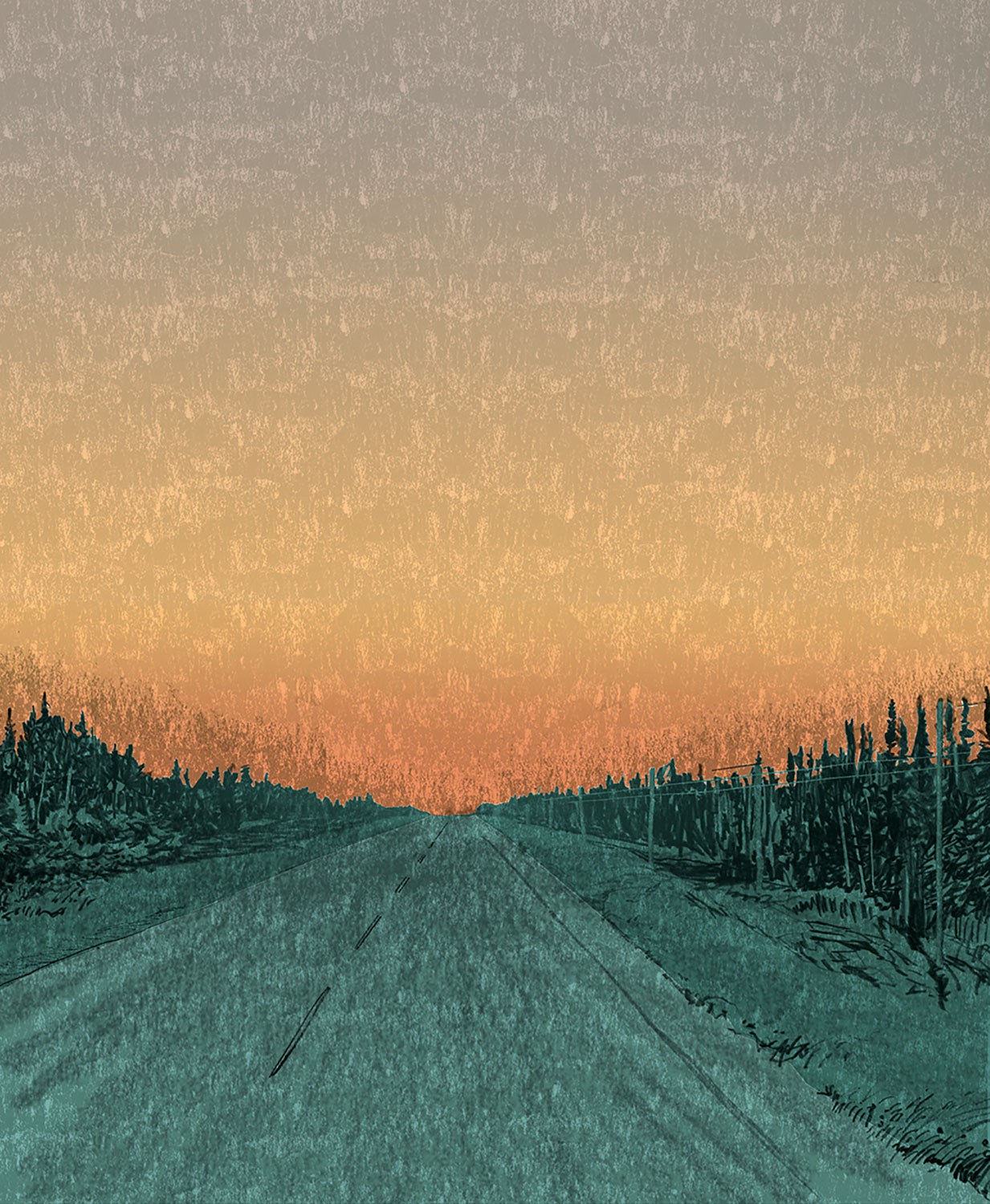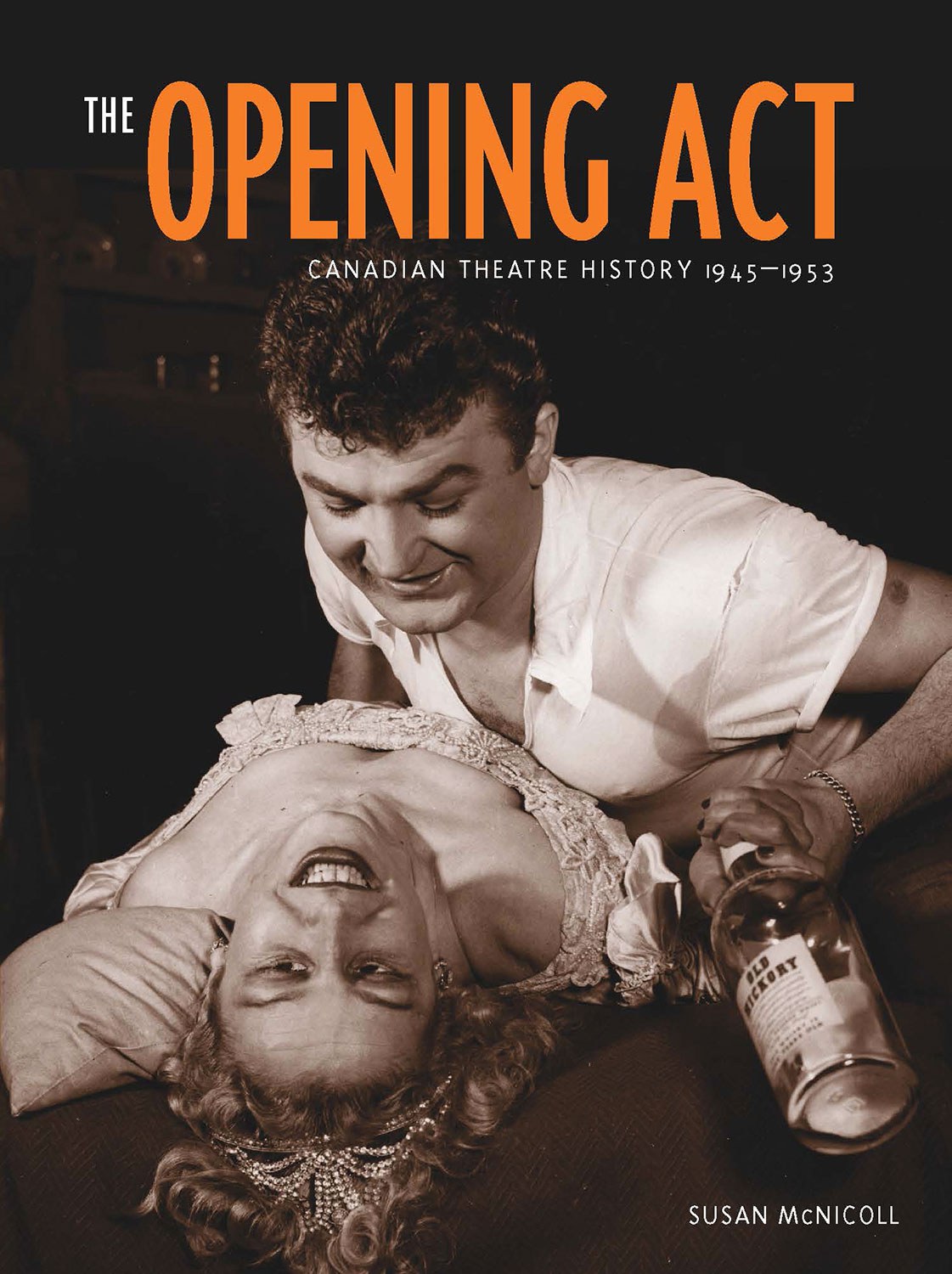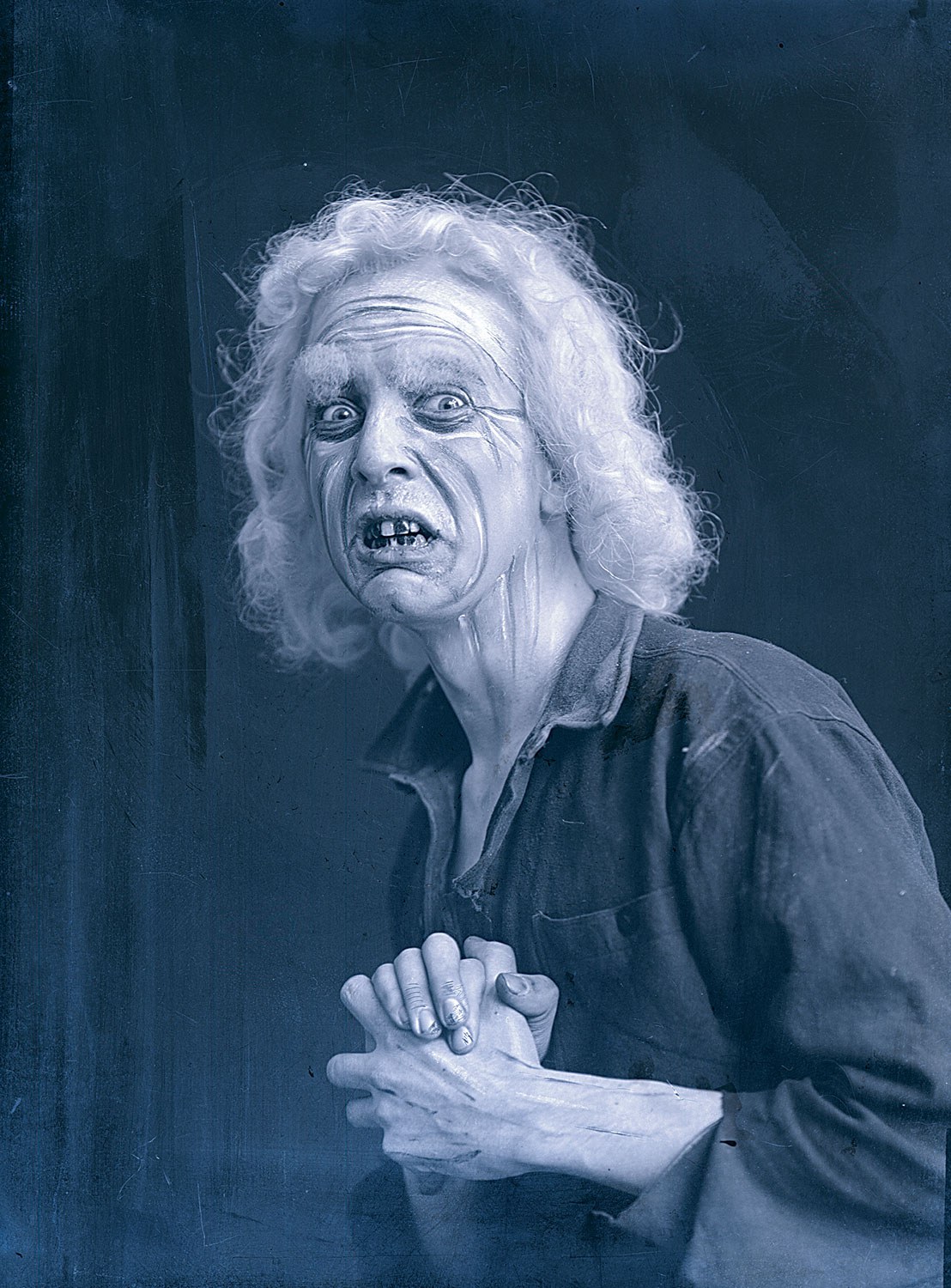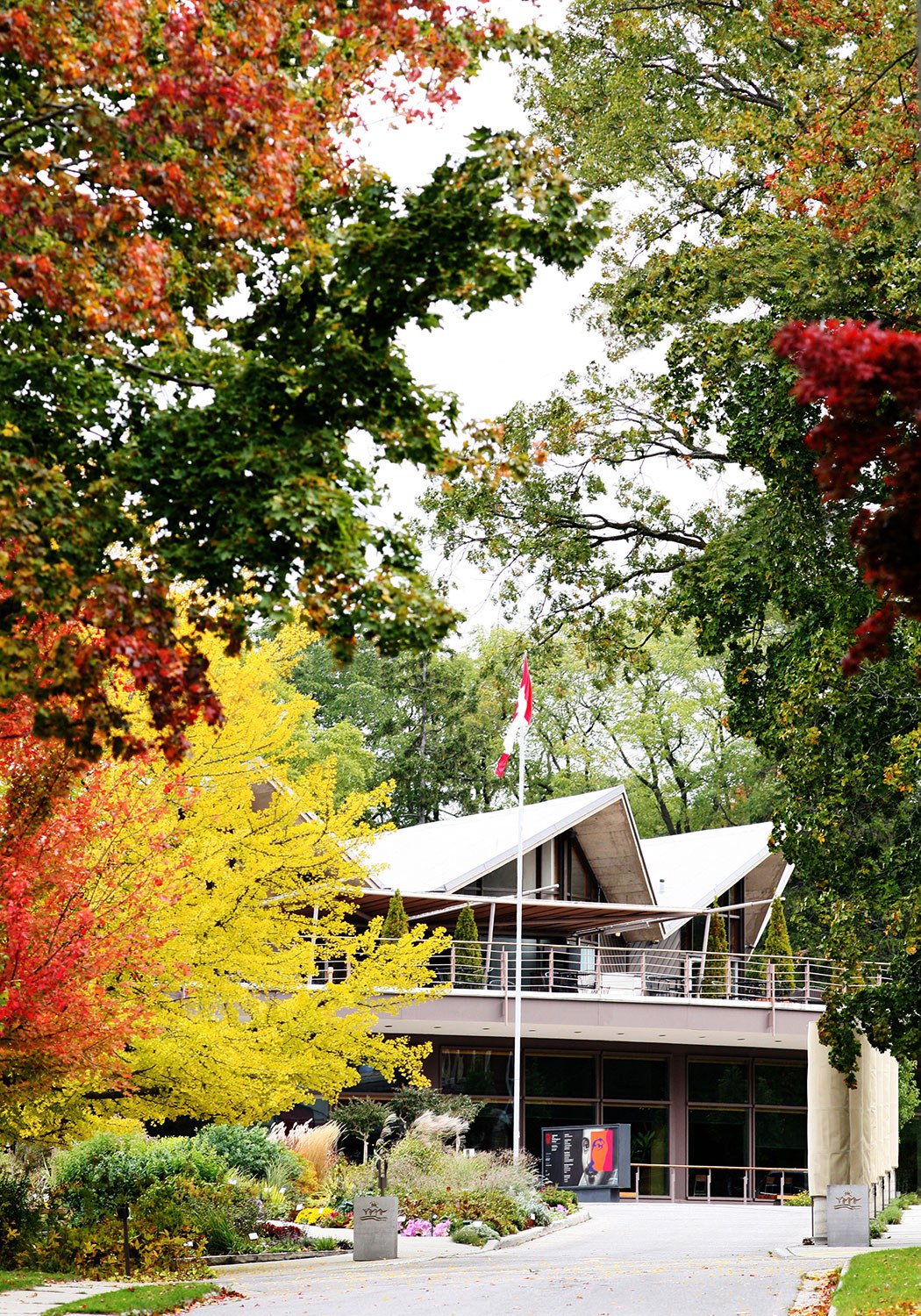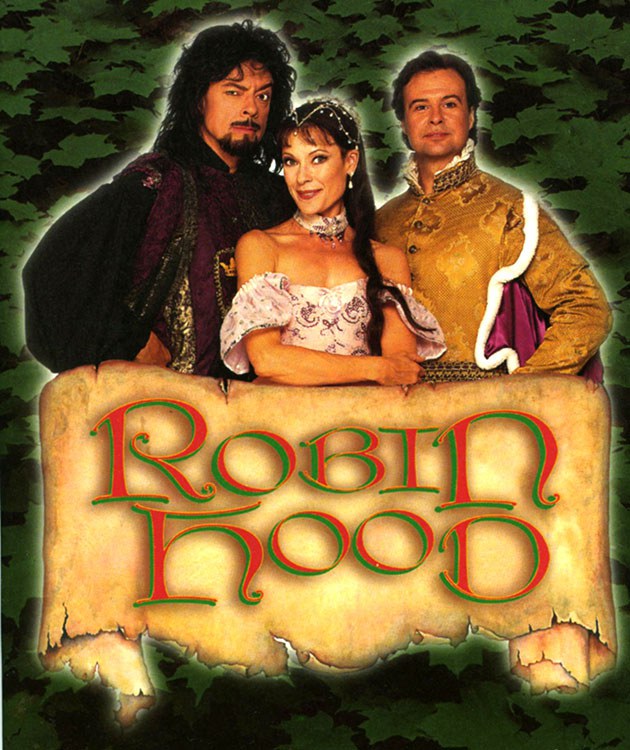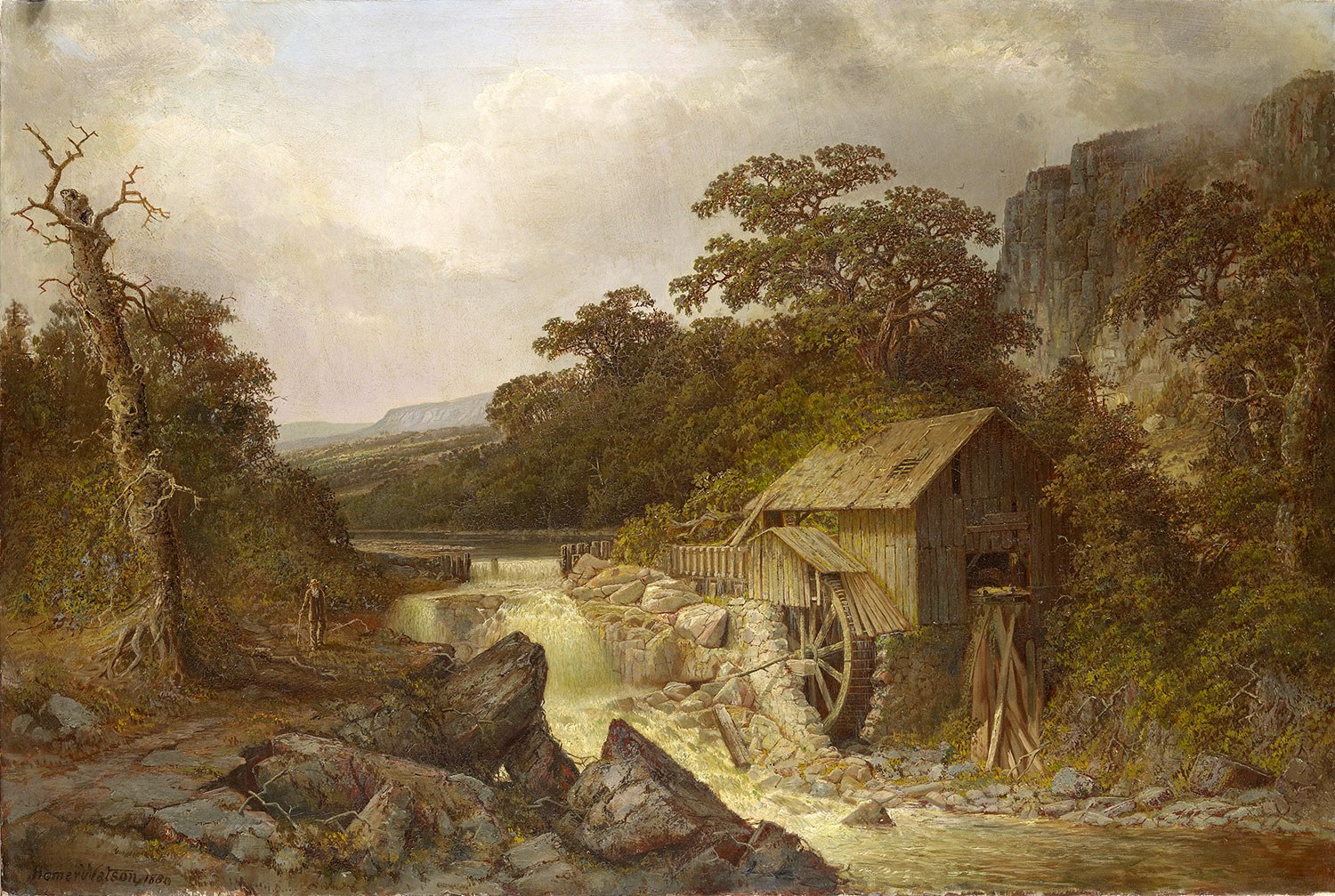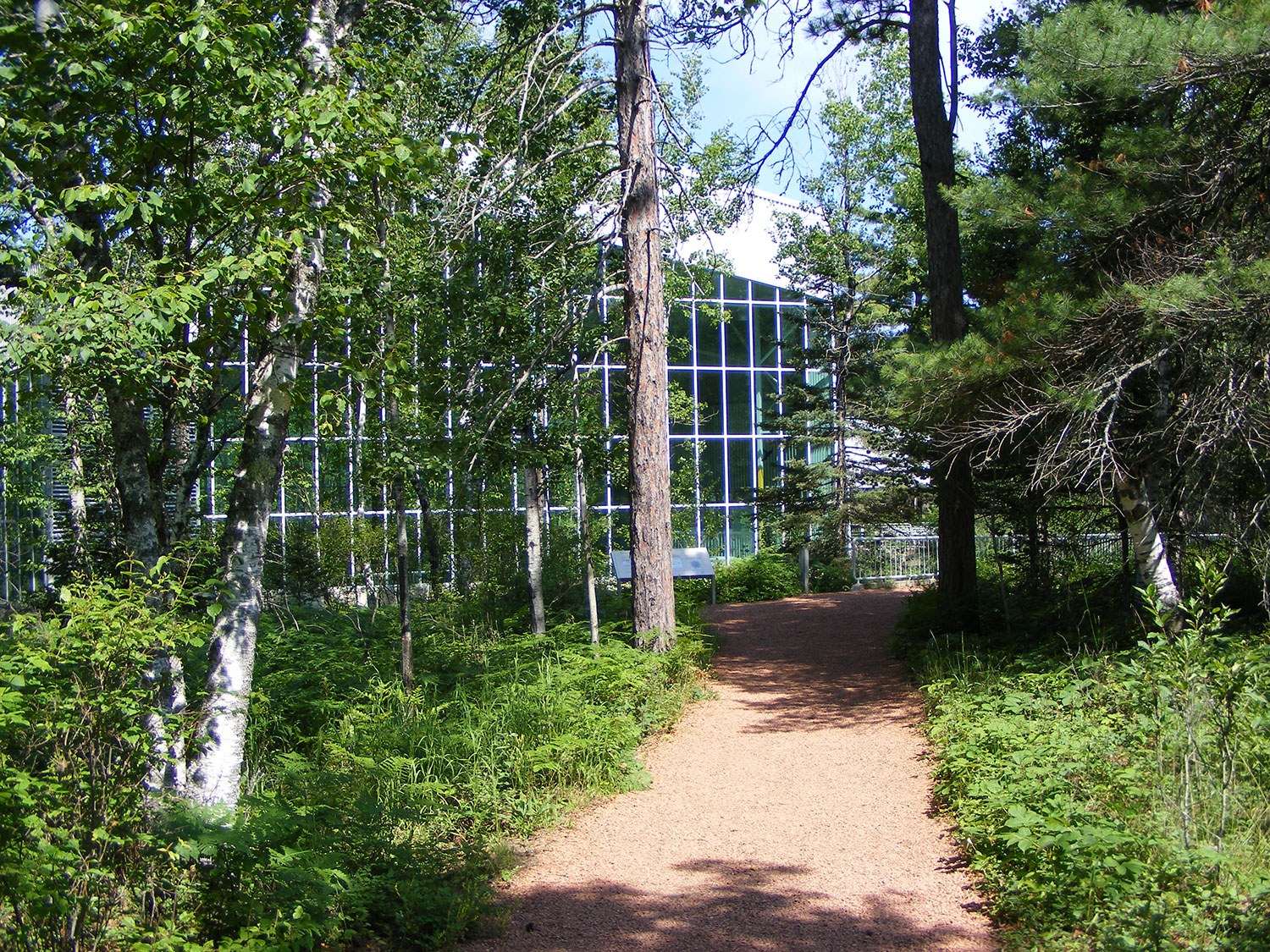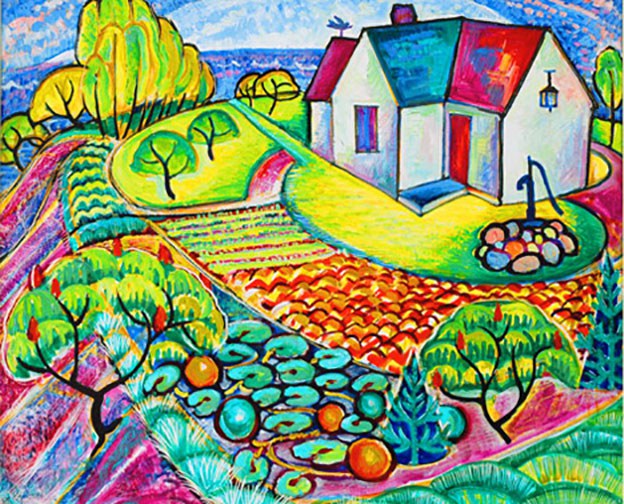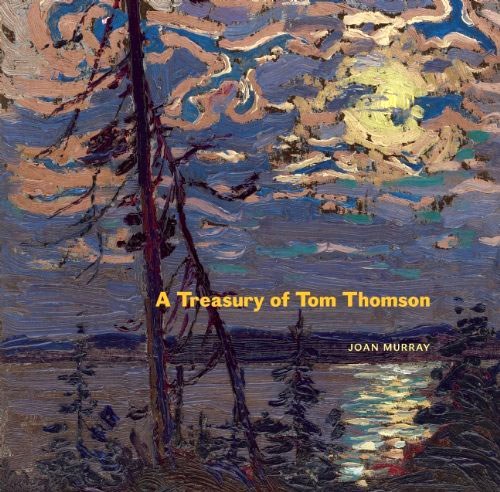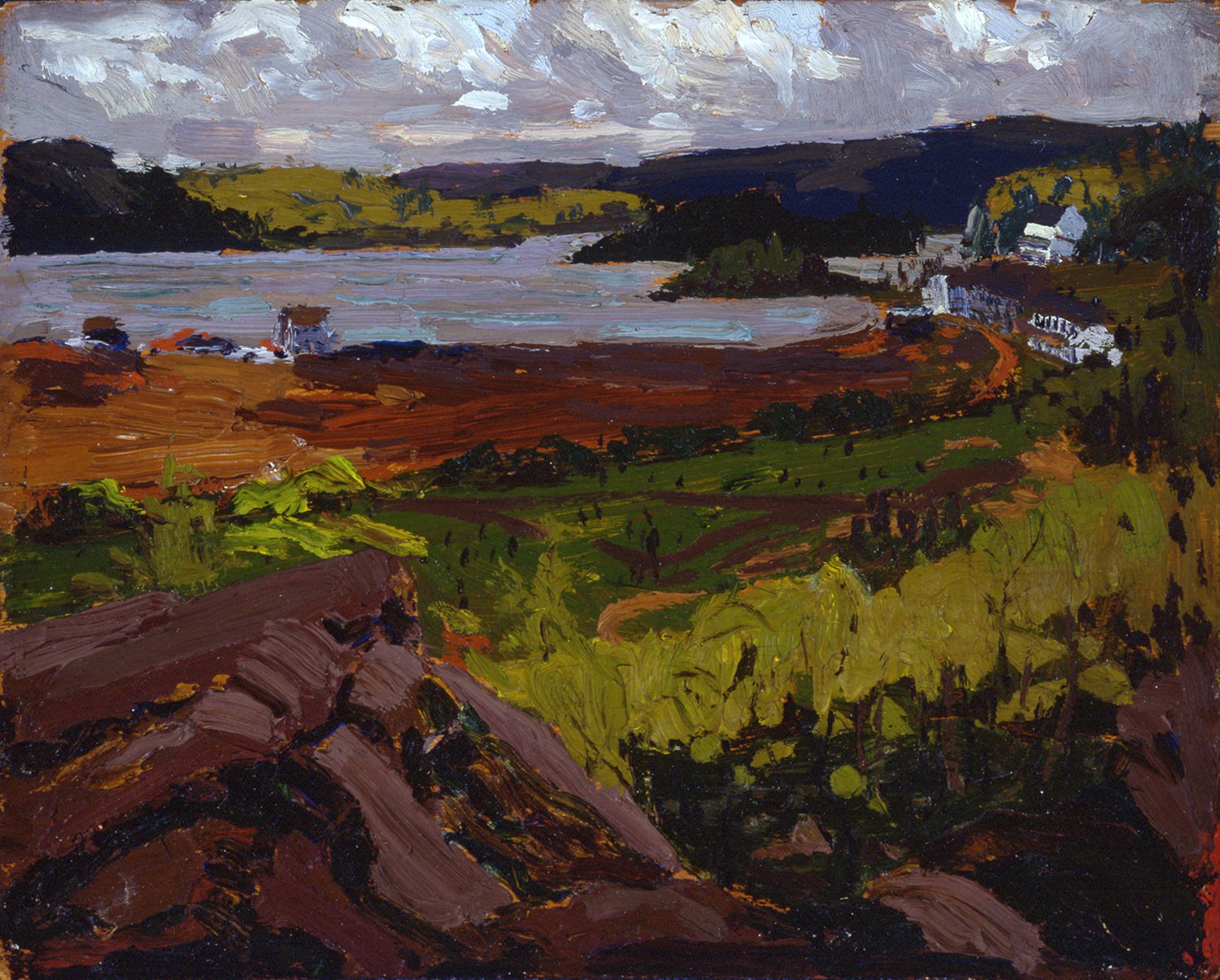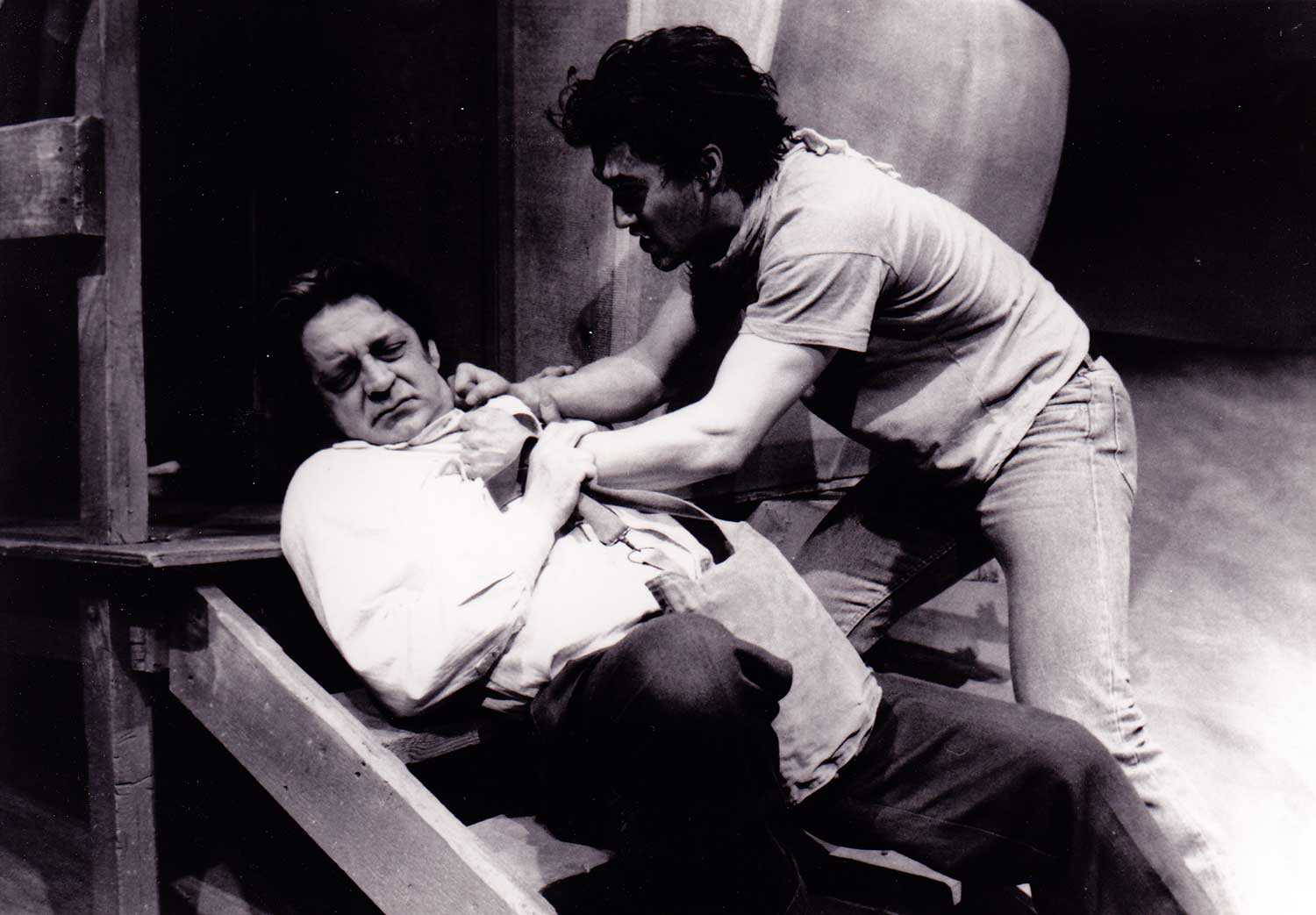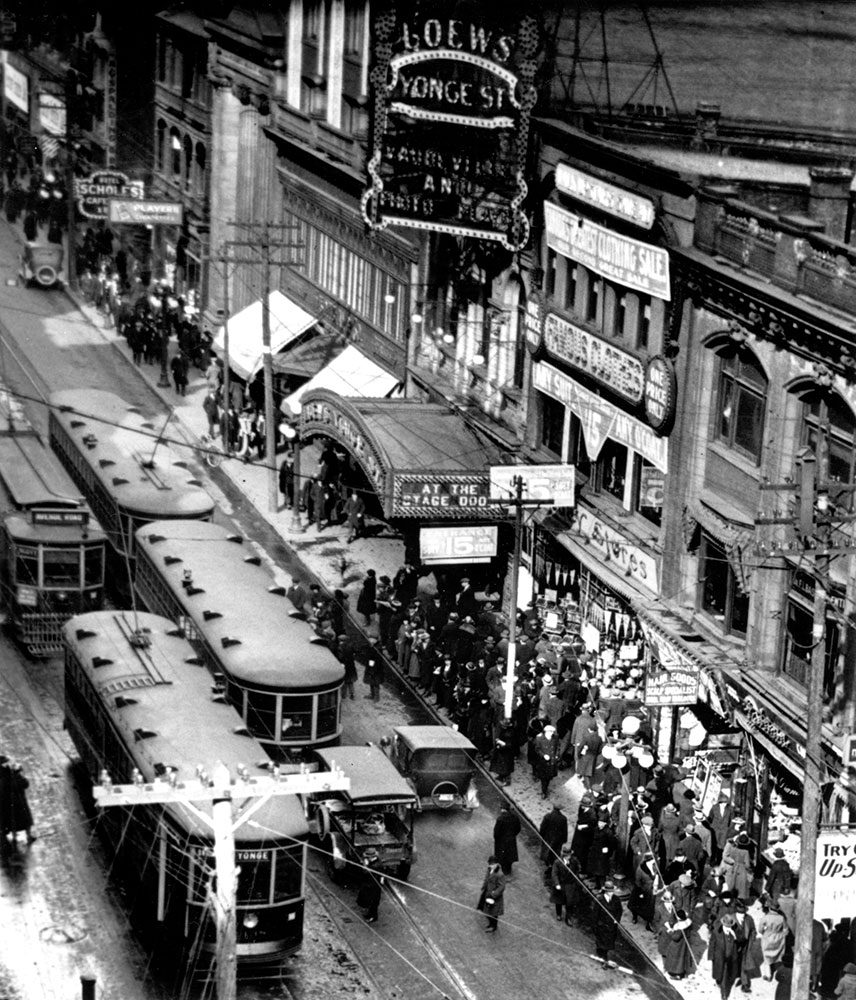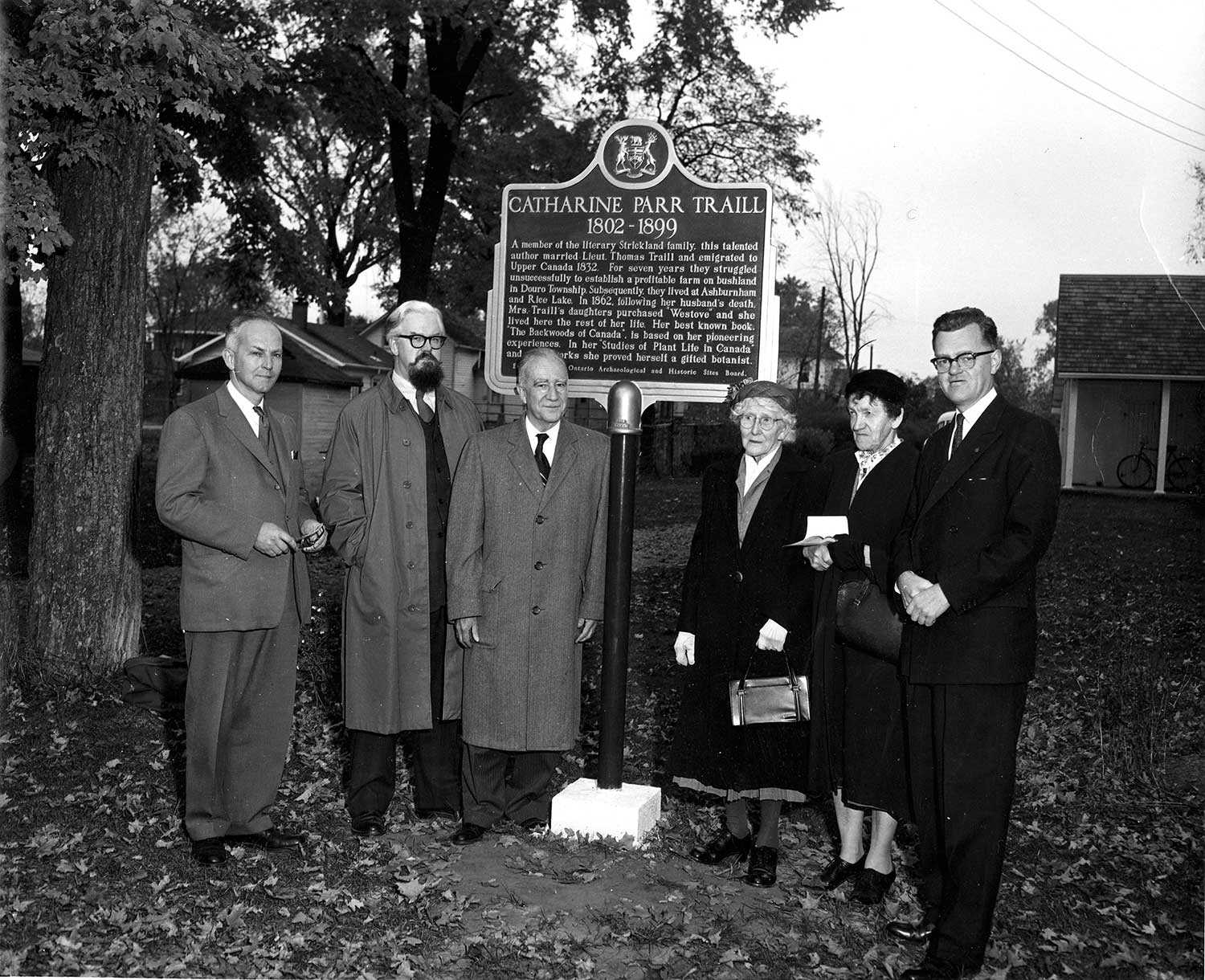

Browse by category
- Adaptive reuse
- Archaeology
- Arts and creativity
- Black heritage
- Buildings and architecture
- Communication
- Community
- Cultural landscapes
- Cultural objects
- Design
- Economics of heritage
- Environment
- Expanding the narrative
- Food
- Francophone heritage
- Indigenous heritage
- Intangible heritage
- Medical heritage
- Military heritage
- MyOntario
- Natural heritage
- Sport heritage
- Tools for conservation
- Women's heritage
Resources: Exploring Ontario’s southern peninsula
What's on the shelf
University of Toronto: An architectural tour, by Larry Wayne Richards
Princeton Architectural Press. Originally built in the 19th century in a pastoral setting outside the city limits, the University of Toronto is today Canada’s largest institution of higher education, with three campuses in and around Toronto. One of the highest-ranked universities in the world, it contains some of the finest architecture in Canada, starting with Frederic Cumberland’s masterpiece, the Norman Romanesque-style University College, of 1856. Other buildings of note include W.G. Storm’s impressive Romanesque-revival Victoria College building (1889), Darling & Pearson’s Gothic Trinity College building, and Hart House, designed by architects Sproatt & Rolph in 1919. In recent years, the university has continued to expand with buildings designed by Lord Norman Foster, Behnish, Behnish & Partner, KPMB, Diamond and Schmitt, Saucier + Perrotte, and Pritzker prize-winning Thom Mayne, among many others.
This guide captures the university’s three campuses and buildings in colour photographs and detailed maps, following its history from the 19th century to the present day.
Belleville: A popular history, edited by Gerry Boyce
Dundurn Press. Belleville is a treasure trove of stories – “glorious and not-so-glorious” – embodying the history of the city of Belleville and its beautiful surroundings. Gerry Boyce, the dean of the area’s historians, has done a masterful job of pulling together the best of Belleville’s storied past, episode by episode, decade by decade: here one learns about the Native roots of the place, its debatable “discovery” by Champlain, its hot-headed pre-Confederation politics, its involvement in Spiritualism in the 1850s and the spread of prostitution in the Victorian 1870s. Moving forward from the days of Susanna Moodie and Mackenzie Bowell, it provides an entertaining and probing stroll through the past 110 years, reminding readers of such national events as the sensational 1959 victory by the Belleville MacFarlands over the Russians at the World Amateur Hockey Championship in Prague; and then, less well known, the financially crippling news of secret payments made to the players. Gerry Boyce does a masterful job of bringing the city’s history – its events, places and personalities – to life, reminding us that our history, be it local or national, is much more lively and intriguing than we often realize.
This Old Haus: A Place in Time, by Susan MacFarlane Burke with Kenneth McLaughlin and Stephanie Kirkwood Walker
Friends of Joseph Schneider Haus. This Old Haus: A Place in Time is a large-format, lushly illustrated book on the Joseph Schneider Haus Museum. The book combines the story of the Pennsylvania-German Schneider family who arrived in the forested heart of today’s Kitchener early in the 19th century with a detailed analysis of their c. 1816 “Mennonite Georgian” vernacular house and its characteristic outbuildings. The lively text offers an engaging account of the museological practices that transformed the homestead into a “living museum” during the last decades of the 20th century. The authors have emphasized the restoration projects and community vision that preserved this much-loved property, and have detailed the vibrant heritage and arts programs that sustain it. Artifacts that have won wide respect for the museum’s material culture collections are discussed and illustrated throughout the book. High standards in the Haus and high praise from the community endorse what has become a National Historic Site charged with representing the ethnic German cultures of Canada.

